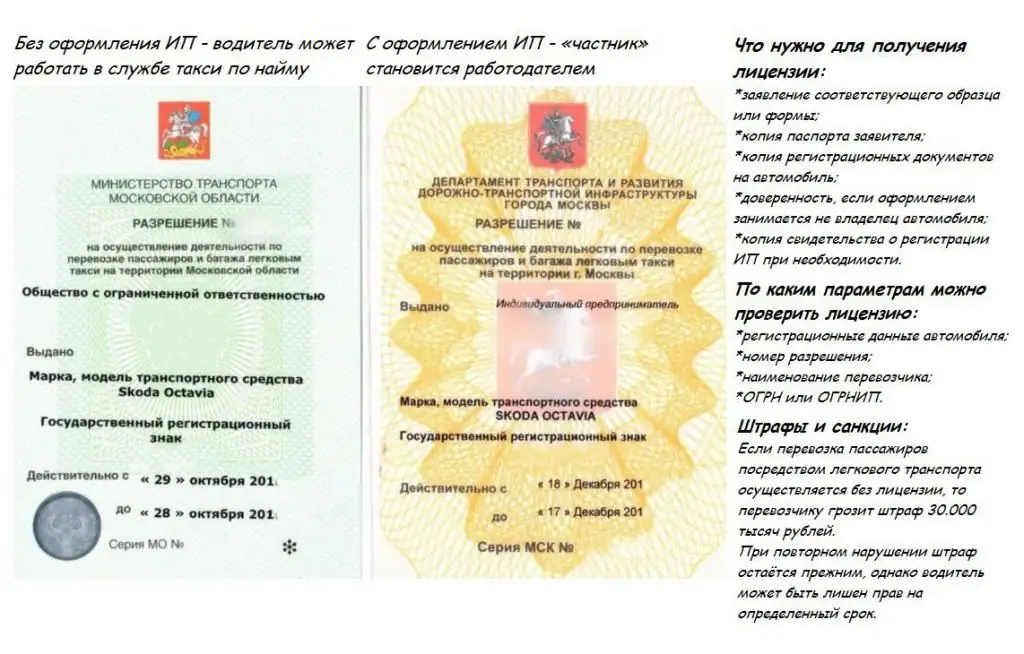2026 Author: Howard Calhoun | [email protected]. Last modified: 2025-01-24 13:10:37
A bolt is a metal part in the form of a cylinder with an external thread. At the end is placed the head necessary to fix the part on the surface. The shape of the head depends on the requirements for a particular connection and installation conditions. Most often, the bolt is mounted with a key. Therefore, hex heads are more popular.
Head shapes
- Hexagonal.
- Square.
- Round.
- Cylindrical.
- Conical.
Bolt designation
For a long time, competing manufacturers used their own standards. This system has undergone a number of major changes, after which all parts began to meet certain parameters and be marked according to them. This provision was necessary in a rapidly developing industry, in which the lack of standards complicated the production process.

Currently, there are three unified standards, according to which markings are applied to the bolts for ease of use:
- GOST;
- ISO;
- DIN.
The recommended designation scheme for bolts and screws according to GOST is used in countriesCIS. The requirements of quality standards apply to food, manufactured goods, clothing, etc. ISO is an international metric system adopted in 1964. At the moment, this standard is used in many countries around the world. DIN is accepted and used in Germany. This system has several standards.
Markings on bolt heads
Basic information about the bolt can be read on its head, where important parameters of the part are indicated. Designations are necessary to select the appropriate bolt for various types of work. Of particular importance is the strength of the bolt, which characterizes the performance of the connection. In the case of using bolts in the manufacture of furniture, minimum strength requirements are put forward for them, which is associated with a small load on the part. If it is necessary to use a threaded connection in complex industrial facilities, higher requirements are put forward for the bolt.

Also, the bolt is stamped with the mark of the production on which the part was made. Additionally indicate the direction and nature of the thread. Another important stage of marking is the application of information about the composition of the alloy from which the bolt is made: material, steel grade and resistance to chemical components.
Designation of bolts applied when marking
All bolts, except for cylindrical ones with a hole for a hex key, are marked on top of the head. Cylindrical products are marked on the end side. The designation of the bolts is applied in the formrecessed characters or raised characters. Convex markings on the end of the head are rarely applied, most often the marks are deepened. Otherwise, the height of the symbols is clearly regulated depending on the diameter of the part.
Two numbers on the head of the bolt indicate the strength class of the product. This value is of great importance. It depends on it whether the connection can withstand the load that is necessary in this case. There are 11 strength classes, they are denoted by two symbols with a dot between them. The first designation characterizes the strength of the bolt, and the second - the fluidity of the material from which it is made. At large industrial facilities, in auto and aircraft modeling, this indicator is given special attention. Mismatch with marking symbols can cause breakdowns and create emergency situations at the facility. The designation of a high-strength bolt starts from marking 8.8 to 12.9

- Manufacturer's mark - a stamp with the manufacturer's symbol, which indicates that before leaving production, the part has passed all mandatory quality checks and meets the parameters printed on the part. The absence of the manufacturer's mark is possible, but may be a sign that the part does not meet quality standards.
- Thread designation. It is obligatory to put information on the bolt head with a left-hand thread. It is indicated by an arrow. Connections with right-hand threads are not marked separately.
- Letters on the head. These characters candesignate the metal from which the bolt was made and the grade of steel. Designation A2 and A4 are applied to bolts made from materials resistant to chemicals and air. The underline indicates that the part was made from low-carbon Martian steel.
Compliance with GOST
Let's consider what is the designation of bolts according to GOST. All products must comply with state quality standards. Requirements for bolts in Russia and the CIS countries are prescribed in GOSTs. These standards have passed to us since the days of the Soviet Union with virtually no changes.

There are several GOSTs related to different types of bolts. They indicate not only the requirements for quality, strength, compliance with dimensions and universal parameters, but also a scheme for designating parts when marking and indicating a certain type of bolt in the drawings.
What are the standards?
There are a number of requirements and designations for such products. Bolts according to GOST must comply with all prescribed quality standards. In addition, the documentation contains layouts that this type of product must comply with. The drawings attached to the state quality standards indicate the design features of the bolt, symbols and the layout of symbols for marking.
Basic requirements according to GOST
- The parts must be completely free of traces of metal corrosion, large defects and cracks. The presence of the latter means that the product is notmeets the quality standard.
- Punching cracks are allowed on the surface of the part, provided that the length of the crack is less than the diameter of the bolt, and the width and depth are not more than 4% of the diameter of the bolt. Otherwise, the product cannot meet the national quality standard and should be discarded.
- According to GOST, rolling bubbles can be on the bolt, but their size cannot be more than 3% of the product diameter.

- A bolt that has torn damage that goes into the thread or bearing part is also rejected.
- According to the quality standard, products that have defects on the end of the head can be suitable provided that the defect does not exceed the circumference above the limit value.
- Slight spot color change of the alloy in the form of ripples is allowed.
Quality control
All products are controlled by two parameters: visual compliance with the standard and metallographic examination. During visual quality control, the product is inspected for deviations from the state standard in terms of size and diameter, the presence of mechanical damage and defects, as well as the presence of corrosive changes. Metallographic evaluation involves a magnetic study. For a more detailed study of the composition of the part, the metal etching method can be used. These techniques make it possible to accurately determine the amount of impurities in the alloys and the nature of the material from which the product was made. In case of non-compliancedetails of the standards it is rejected.
Scheme for decoding symbols of bolts
The symbol of a bolt is presented as a long list of numbers and letters, each of which denotes a certain parameter of the product. This information is indicated on the manufacturer's factory packaging and provides comprehensive information about the part.

At first glance, it may seem that it is very difficult to decipher what is indicated on the package, but it is not. All designations go in a certain order and characterize a separate parameter of the product. One of the most commonly used quality standards is GOST 7798-70, which describes the main parameters of hex bolts. Consider the decryption of the record using an example.
Product 2M12x1, 50LH-5gx50.66. A.047 GOST 7798-70
- Product. In this place, write the name of the part: bolt, screw, stud, etc.
- The quality class is dictated by GOST, so it may not be specified. There are three classes - A, B and C, where the designation A indicates the highest accuracy of the part.
- The number 2 indicates performance. There are only four types of performance. Version 1 is not specified by default.
- M is the thread type designation. The first letter of its name is indicated: metric, conical or trapezoidal.
- 12 - bolt diameter in millimeters.
- 1, 5 - thread pitch, may not be specified if it is the main thread for a given diameter.
- LH - designation that on this bolt the leftthread. If the product is made with a main (right) thread, then this will not be indicated.
- 5g indicates which accuracy class the thread was cut to. Classes can be numbered from 4 to 8, where 4 is the most accurate grade.
- 50 - bolt length (designation in millimeters).
- 66 - product strength class. On the bolt head, these indicators are placed with a dot between the numbers. Do not put a dot in the symbol.
- A - a characteristic of the steel used for the manufacture. In this case, it is indicated that the bolt was cast from automatic steel. The letter C says that the part was made of calm steel. This parameter characterizes the strength class of the bolt. This means that the class is above 8.8.
- 047 indicates the type of coating and its thickness on the product. There are several types of coating - from 01 to 13. In this case, the type of coating is 04, and its thickness is 07 microns.

The symbol for bolt fasteners allows you to fulfill the requirements for a particular product and design as accurately as possible. Compliance with quality standards is the key to successful reproduction of project requirements. The mark that the product complies with GOST allows you to study the properties of the part according to these documents and means its full compliance with the standards. GOST standards correspond to other unified systems. To transfer from one system to another, it is enough to use the metric conversion table.
Recommended:
Candlestick patterns of reversal and continuation of the trend - features and requirements

Candlesticks tell about the course of the battle between bulls and bears, buyers and sellers, supply and demand. Understanding the "story" that each figure tells is essential for confident orientation in the mechanics of Japanese candlesticks. The article describes the candlestick patterns that are most popular among traders
Bolt strength class: marking, GOST and tightening torque

The article describes the main types of threaded connections. Particular attention is paid to the concept of bolt strength class
What you need to work in a taxi: necessary documents and requirements, regulations and legal aspects. Feedback and advice from taxi drivers, customers and dispatchers

According to many passengers, the job of a taxi driver is the easiest. You sit, listen to pleasant music and drive back and forth. And they give you money for it. But this is only the outer side of the coin. The reverse is much less rosy. We will talk about it in this article. And we will also highlight what you need to work in a taxi
Graphic designation of the ruble. International designation of the ruble

The graphic designation of the ruble has the format of the Cyrillic letter "R", which is crossed out at the bottom of the leg. This symbol, developed over the course of 6 years, embodies the reliability of the Russian currency
Slings: marking, requirements, decoding

Sling marking is a mandatory procedure, which is carried out in accordance with certain requirements. We will talk about this in the article

